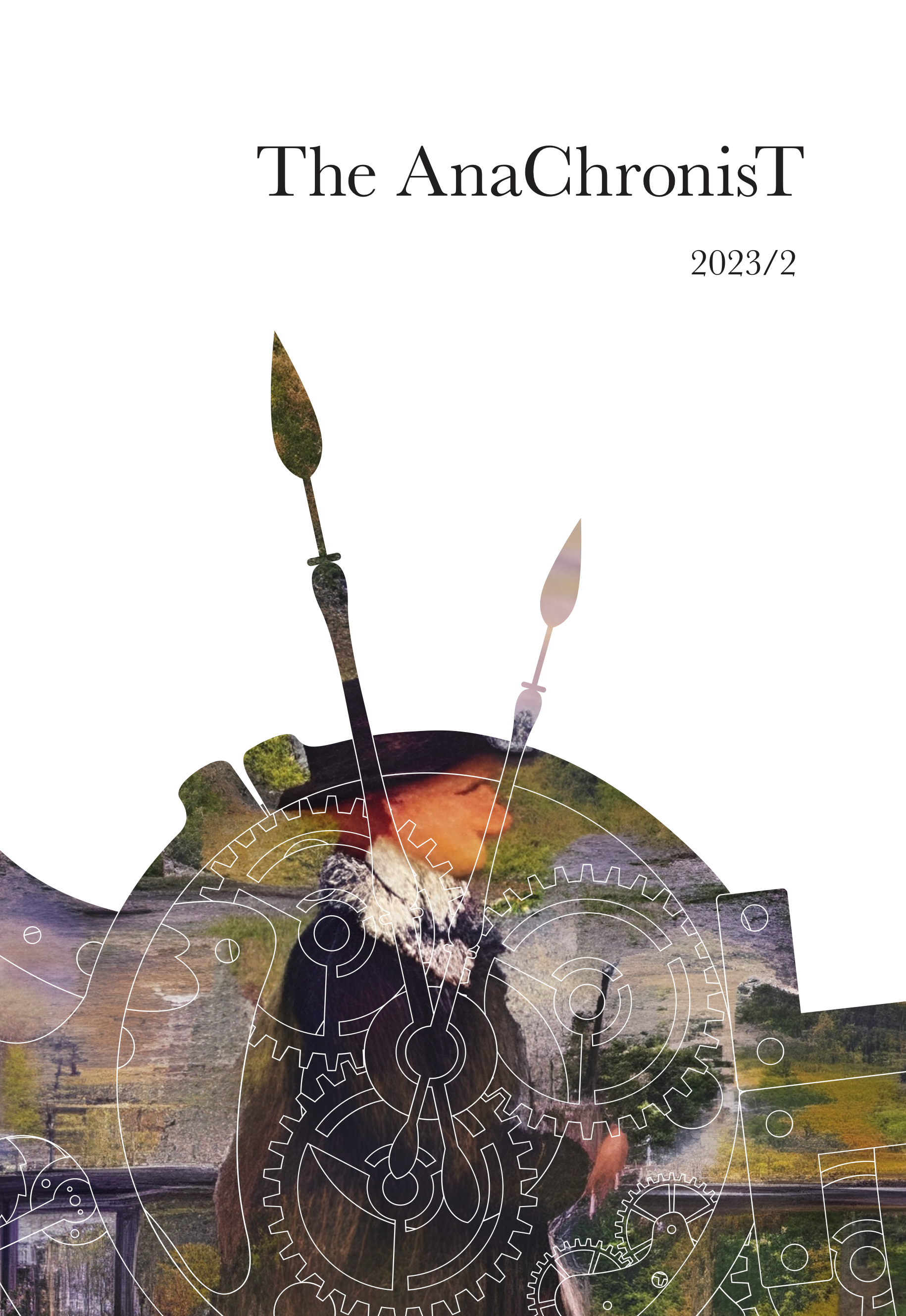Defenceless Bodies in J. M. Coetzee's Waiting for the Barbarians
Rethinking the Hand's Role in Being Human
DOI:
https://doi.org/10.53720/DVMB4193Keywords:
humanness, human body, dehumanization, the hand, vulnerability, CoetzeeAbstract
The article discusses the relation of the hand and humanness, a relation which permeates the novels of South African author John Maxwell Coetzee. It focuses on the hand’s protecting function in one of Coetzee’s earlier novels, Waiting for the Barbarians (1980). The article argues that the free use of the hands has often been overlooked in definitions of what it means to be human, but to deprive someone of the hands, or of the capacity to use them is one of the most important means of dehumanisation. First, the paper examines how we understand being human in general through Nick Haslam’s theory on the two different senses of humanness and the two respective types of dehumanisation. While non-physical (cognitive, psychological, and social) characteristics have been analysed extensively in discussions of the features that make us human, the role of the body has often been neglected. However, Coetzee’s works show that the specificities of the human body, and especially the human hand as an "instrument" to protect, create, communicate, and connect with the world and others through touch is a key feature of humanity. The restriction of the hands leaves the body defenceless, thus in a vulnerable state not dissimilar to that of animal bodies. The article concludes that in Coetzee’s novel, the disablement of the hands results in animalistic dehumanisation.

